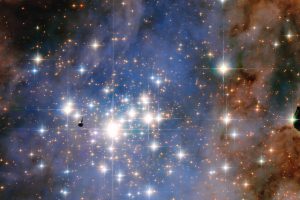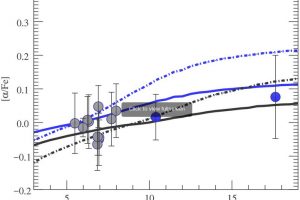A first homogeneous study on the dynamics of stellar clusters. The paper: “The Gaia-ESO Survey: 3D dynamics of young groups and clusters from GES and Gaia EDR3” of N. J. Wright (Keele University) recently appeared on MNRAS

Stars do not form in isolation. During gravitational collapse, molecular clouds fragment, forming a large number of stars. For this reason, young stars are typically observed as members of star clusters or associations. In the past decade, the study of stellar clusters in the Milky Way has undergone a revolution, thanks to observations from the Gaia satellite of the
» Read more


